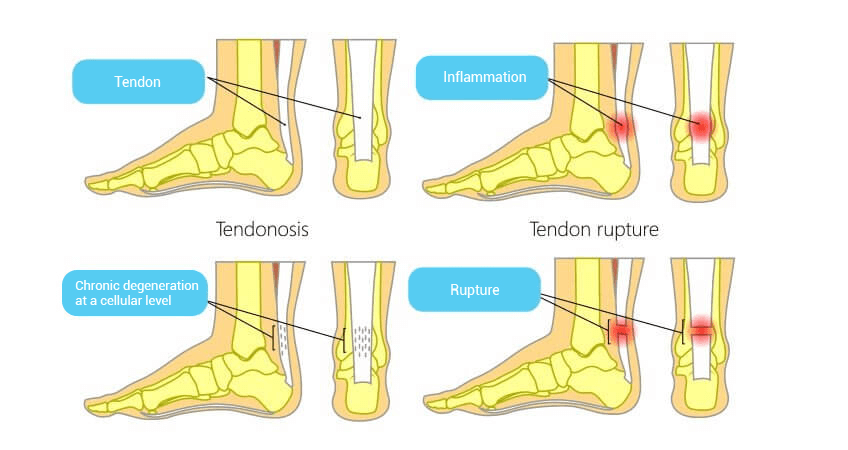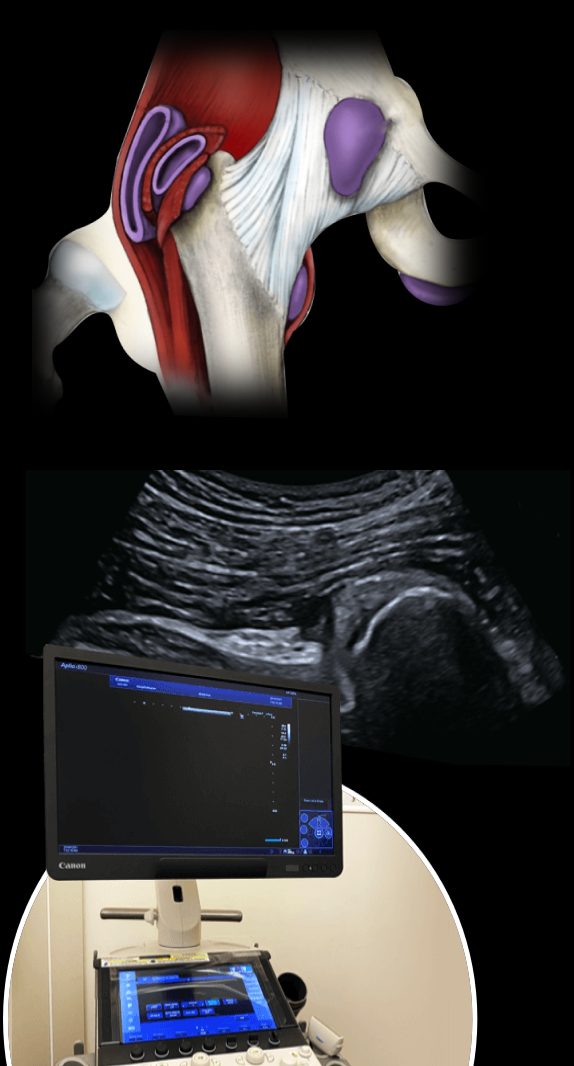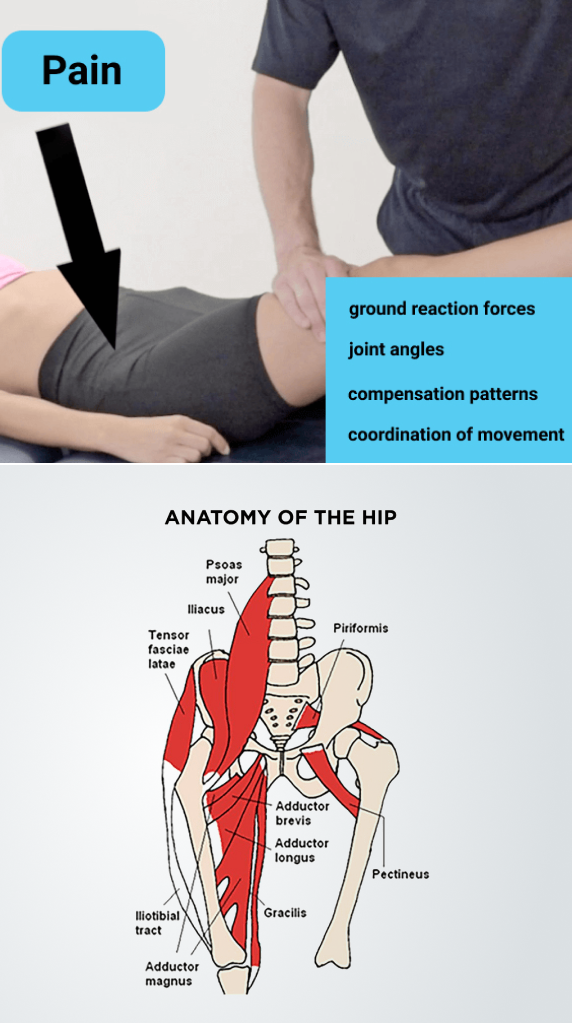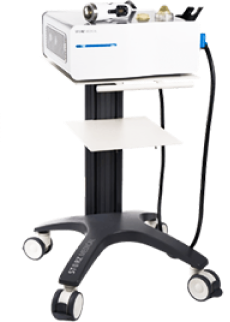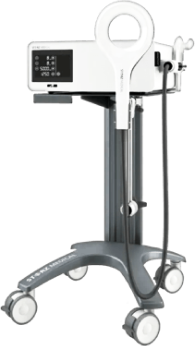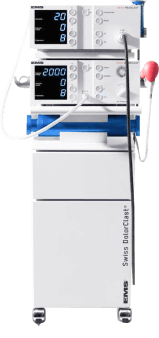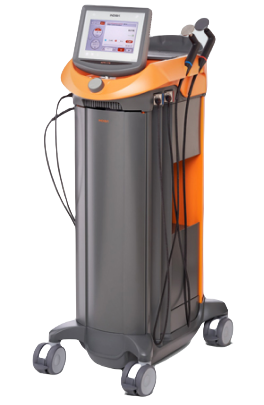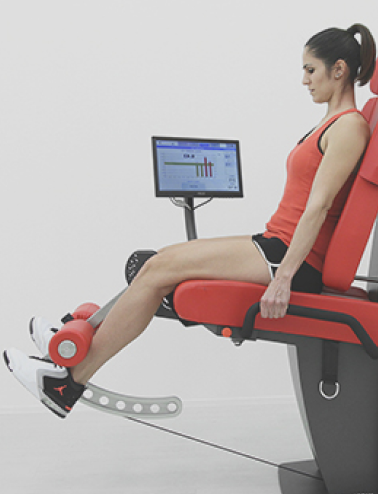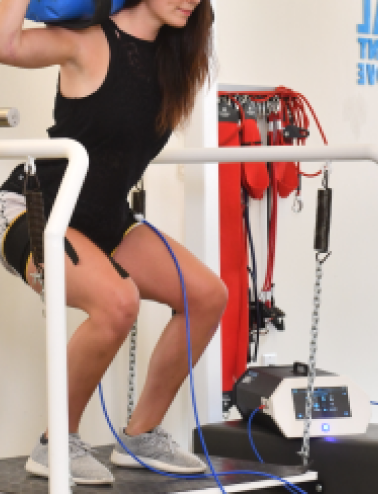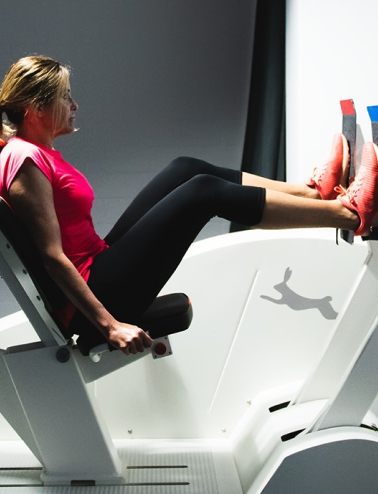Quantitative Analysis is Key to Accurate Hip Flexor Diagnosis
When based on symptoms alone, hip pain issues can easily be misdiagnosed or under diagnosed. When that happens, it can lead to insufficient or inappropriate treatment that costs you time and money and prolongs your pain. In many cases, inappropriate treatment can worsen your symptoms and increase your risk of further injury.
At NYDNRehab, we believe that what cannot be measured cannot be successfully treated. While your symptoms can help steer us in the right direction, that is only the tip of the iceberg. To get an accurate and comprehensive diagnosis, we leverage advanced technologies that eliminate guesswork and give us objective data.
We use high-resolution diagnostic ultrasonography to get crystal-clear real-time images of the structures of the hip in motion. Ultrasound imaging lets us view all the structures that come into play during hip movement, and enables us to compare the injured and uninjured sides of the body, providing us with insights that cannot be gleaned from Xray or MRI.
In addition, our research-grade ultrasound equipment gives us capabilities for sonoelastography to test the elastic properties of tendons, and superior microvascular imaging (SMI) to detect signs of tissue healing.
Our human movement lab is equipped with advanced technologies for 3D gait and movement analysis, to identify and measure gait anomalies that cannot be detected with the human eye. By collecting data on joint angles, force loads, weight distribution, muscle firing patterns and more, we are able to establish a baseline for treatment. We re-measure periodically throughout the rehabilitation process, to ensure that your treatment protocol is working.



